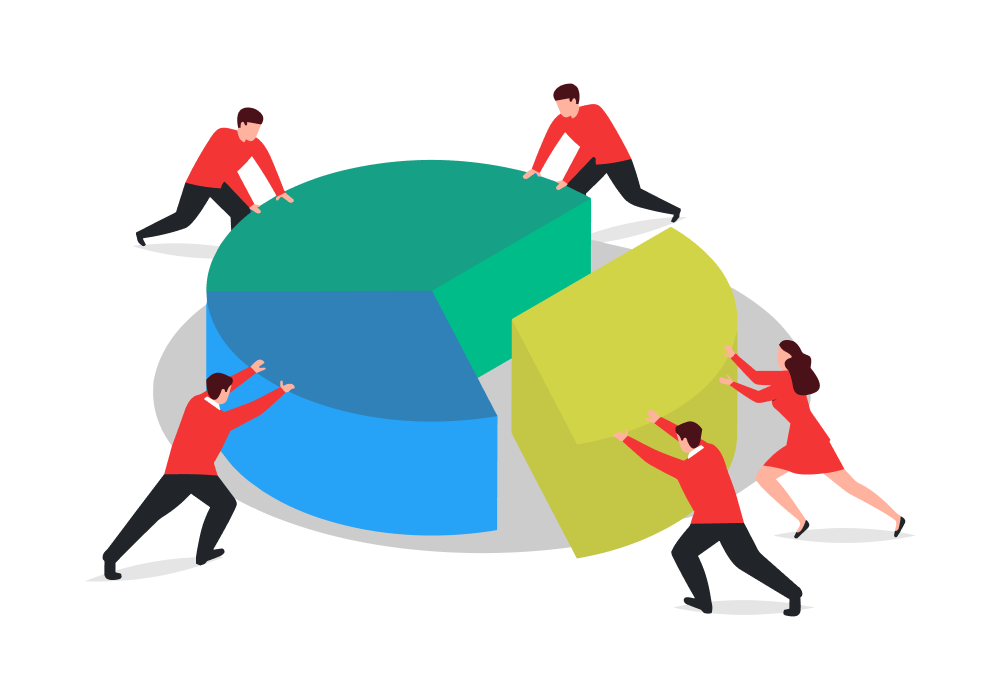To calculate result you have to disable your ad blocker first.
Group Work Calculator
To use the group work calculator, Enter the values, and press calculate
Table of Contents:
Group work calculator
Group work calculator evaluates the average work of two different groups. It also tells how long these two groups can take to complete a task.
What is Group Work?
Working together in a group is referred to as group work. The group could consist of several students, workers, employees, etc. Working in a group can increase the success percentage. You can definitely get the benefits of sharing ideas and insights during group work.
Working together is a way of achieving a required goal accurately and quickly as different persons think differently from others and share their thoughts with each other.

Formula
The formula to compute the time taken by two people to complete a task is:
Group work = 1/(1/a + 1/b)
where
- a = time taken by person 1 in days or hours to complete a task
- b = time taken by person 2 in days or hours to complete a task
Example
Find the time taken by two persons to complete a project together if person 1 takes 4 days to complete a task and person 2 takes 7 days.
Solution
Step 1: Take the values
Person 1 takes = 4 days
Person 2 takes = 7 days
Step 2: Take the formula and place the values.
Group work = 1/(1/a + 1/b)
= 1/(1/4 + 1/7)
= 1/(0.25 + 0.14)
= 1/0.39
= 2.56
Hence 2 and a half days will be required to complete a project if both work together.

